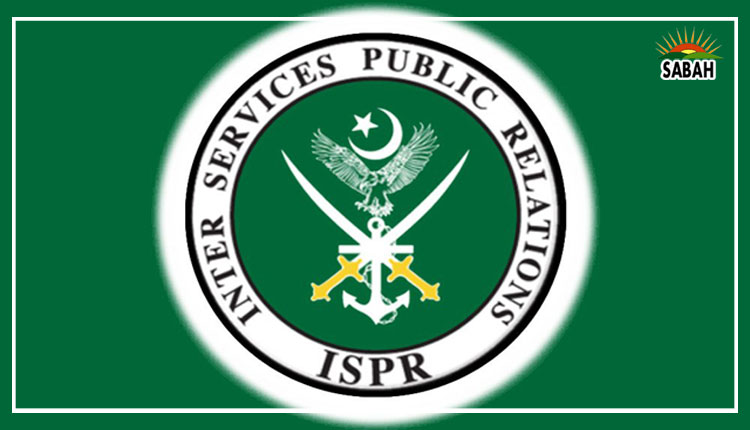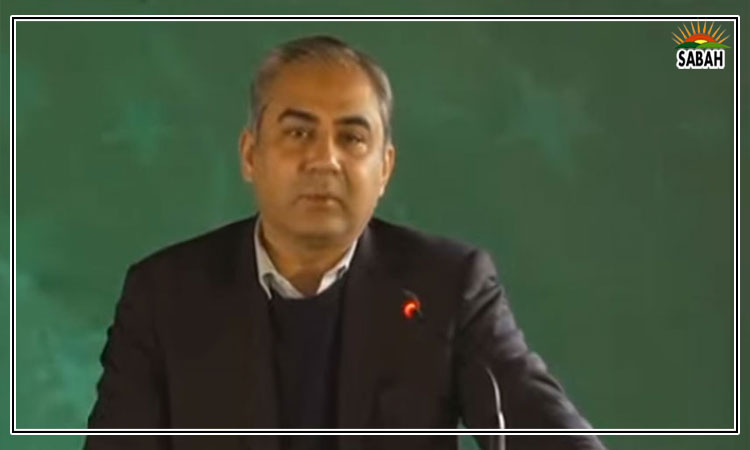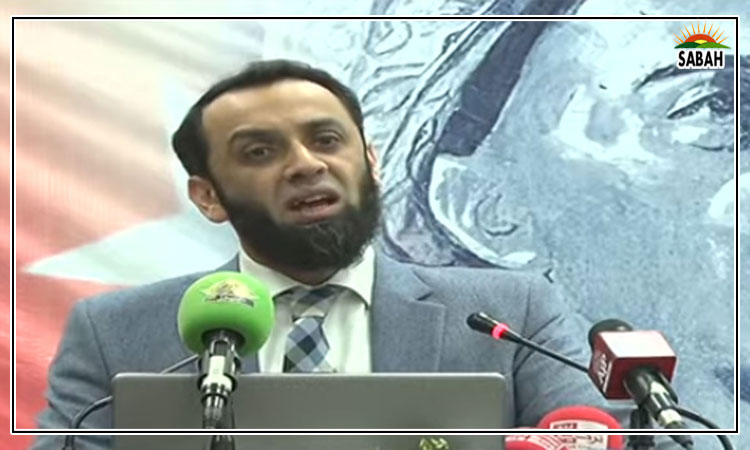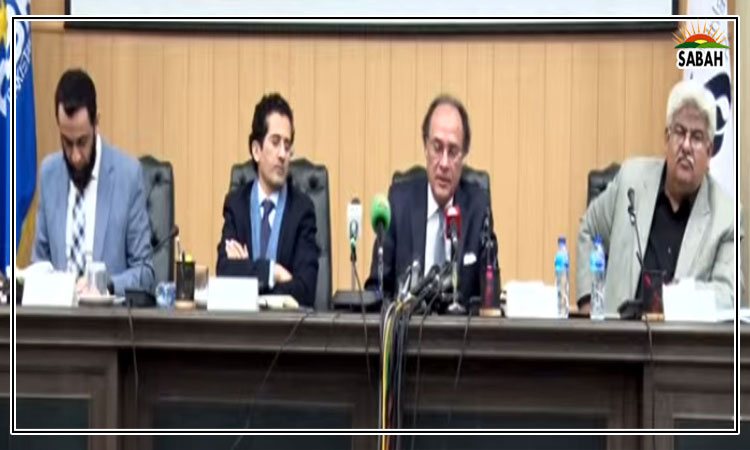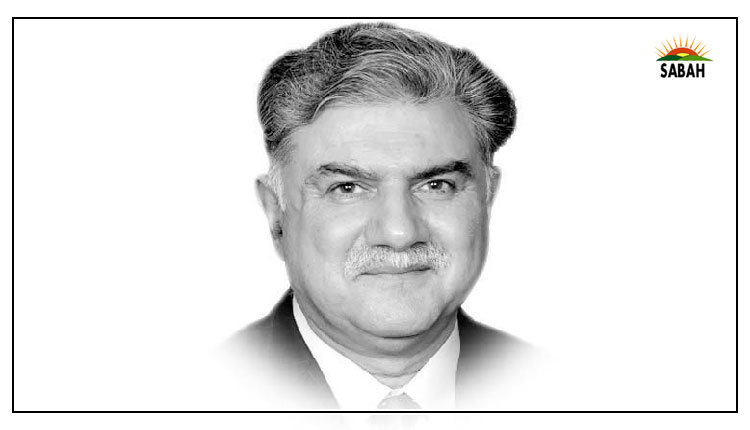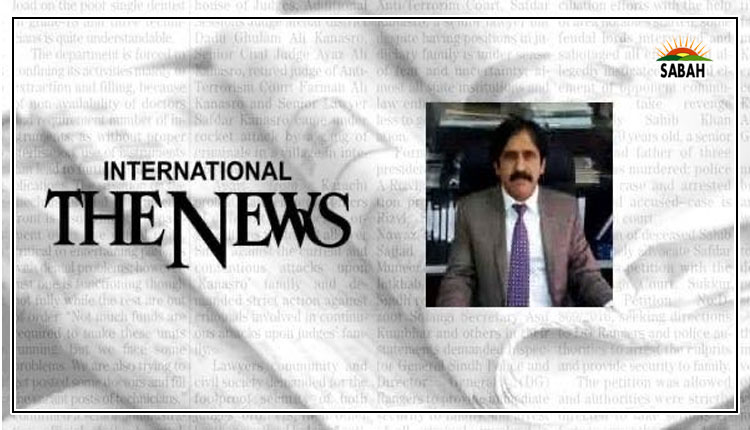How to fix the economy…Hassan Baig
Economic uncertainty in Pakistan has led the country to a social apocalypse. Political challenges have opened up another Pandoras box, adding more problems for an already oppressed population.
A million-dollar question is how to take things to their logical end at a time when managing state affairs has become an arduous task. The countrys economic challenges need out-of-the-box solutions that can smoothly lift it out of this mess. What policymakers should be careful about is that there are no shortcuts or quick fixes for handling the economy.
Pakistan is suffering from issues of low foreign direct investment (FDI), decreasing exports, unmanageable loan repayments, ever-increasing circular debt, high interest rates, hyperinflation, population explosion, lagging development, and limited resources. How to improve on all these fronts is a complex task, which continues to dominate the minds of policymakers.
What the country needs is for its policymakers and those in charge of governance to take necessary decisions and place national interests before anything else. Policymakers should immediately take decisions to improve the security situation. Restoring law and order will pave the way for investment in the country and ensure security of investors. And for that, political stability is essential, which means elections needs to be held on time. This certainty will clear the hurdles on the way to progress.
Political systems across the world lead all other systems, including the economic system. A modern national state requires a strong political system that can work for the wellbeing of people. Westminster parliamentary democracy may be one of the worlds best political systems, but it has its limitations and shortcomings when practised in countries like Pakistan.
Pakistan inherited this system from the British, and it seems it is probably not suitable for Pakistanis. There is an immediate need to overhaul and reform our political system by shifting it to the presidential form of government or alternatively restoring the local government system to address the countrys economic and development issues.
The geo-economic and geopolitical situation on ground may be re-assessed and re-evaluated. There is a need to utilize all sorts of options to improve the economy in the larger interest of the nation. Relations with neighbours may be improved immediately by taking diplomatic initiative to help stabilize the economy. The revival of Saarc is a must to improve relations with all. Equally important is to revive the MFN status with India, engage with Afghanistan as much as possible, and work towards the revival of the construction of the IPI gas pipeline through. Speeding up CPEC projects will also help stabilize our economy in a big way.
A new economic corridor is also required to promote trade via Pakistan including India, Afghanistan and the Central Asian States. Pakistan can convince China to engage India for its huge market. Pakistan may also opt for a no-war pact and a friendship treaty with India to ensure long-term peaceful co-existence, while addressing the issue of Kashmir separately. The revival of the IPI gas pipeline will make it a perfect economic corridor benefitting Pakistan with almost $15 billion annually. The overall revenue generation through this trade route arrangement is estimated to be more than $50 billion, which will be a great leap forward strengthening Pakistans economy.
The investment climate needs to be improved by fulfilling some of the necessary conditions. The privatization of SOEs may be a good beginning for promoting investment in the country. Loss-making state organizations like PIA and Steel Mills may immediately be privatized to help avoid losses. Further, the problem of circular debt can also be addressed by privatizing DISCOs along with improving management of companies through change management methods.
Pakistanis can contribute a lot towards promoting investment if the government announces incentive packages for them in the form of tax holidays. The Pakistani diaspora have the potential to attract FDI if they are properly facilitated.
The SIFC is a first step in the right direction to facilitate investors through a one-window operation. New professional teams are required as the old bureaucratic mindset is a main hurdle in the way of its proper implementation. Small-scale investment packages for small- and medium-sized investors must be offered and promoted through interest-free loans by involving Khushhali Bank, BISP, Akhuwat, etc.
Rich Pakistanis living abroad may be extended handsome packages for investment through a new economic zone on the pattern of Neom in Saudi Arabia to attract FDI. Special economic zones (SEZs) of CPEC could also be utilized for this purpose.
The 27 SEZs of CPEC may be given priority for industrial growth to enhance exports, which will earn foreign exchange for Pakistan. Work on the nine priority zones must start at a fast pace, making them functional as soon as possible.
IT-related exports can also contribute a lot to our economy, which could be materialized by opening up opportunities for young professional. This can be done by setting up professional centres operated by public-private entrepreneurs. There is a potential of $50 billion in IT exports alone.
It is also important to reduce interest rates drastically and manage the abnormal exchange rate, as these two factors are contributing to hyperinflation. Inflation in Pakistan is cost-push and has nothing to do with domestic market operations. The high interest rate by the SBP is neither providing relief to the poor nor contributing towards promoting exports. It is only disturbing investment climate and discouraging investment in Pakistan.
Interest rates have to be brought down to a single digit, ideally touching the 5.0 per cent mark to encourage investment in large- and medium-sector entities, as people apparently seem not interested in taking risk. The government must pay attention to the issue of the growing population as well. The best option is to convince clerics and religious leaders to help resolve the crisis in the making.
Lastly, the issue of domestic and foreign loans and debt servicing needs to be addressed on a priority basis, as it is consuming all of our energies and economic planning. Pakistan may opt for re-rolling, re-profiling and restructuring of its loan programmes, generated or supported by the IMF and the World Bank or for that matter loan through other bilateral and multilateral arrangements. We have to reduce our reliance on these institutions to save the poor from the brunt of tough conditions.
Courtesy The News


